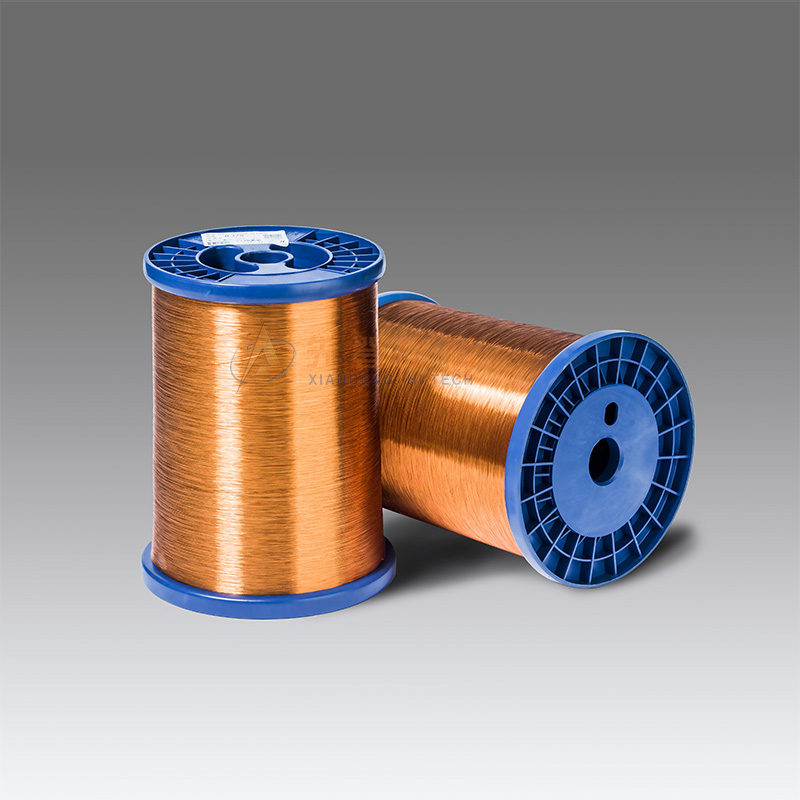

In recent years, the demand for energy-efficient and co […]
In recent years, the demand for energy-efficient and cost-effective solutions has driven advancements in various industries. One such innovation gaining significant attention is the Copper Clad Aluminum (CCA) wire. Offering an alternative to traditional copper wiring, CCA wire is making its mark in the electrical sector by providing a balance between performance, affordability, and sustainability.
CCA wire is a composite conductor that combines the properties of both copper and aluminum. The core of the wire is made of aluminum, which is a lightweight and abundant metal. It is then coated with a layer of copper, offering excellent electrical conductivity and corrosion resistance. This combination results in a wire that provides substantial cost savings while still meeting the required performance standards for various applications.
One of the primary advantages of CCA wire is its cost-effectiveness. Aluminum, being less expensive than copper, significantly reduces the material costs associated with wiring systems. The copper cladding on the outside ensures that the wire maintains high electrical conductivity comparable to that of pure copper wire. This makes CCA wire an attractive option for large-scale projects where cost savings play a crucial role.
Additionally, CCA wire offers a lightweight alternative to traditional copper wire. The lower weight of CCA wire facilitates easier handling, installation, and transportation, thereby reducing labor and logistics costs. This aspect makes it particularly suitable for industries such as telecommunications, automotive, and aerospace, where weight reduction is a priority.
Despite the economic benefits, some concerns have been raised regarding the long-term performance of CCA wire. Critics argue that aluminum's lower tensile strength compared to copper may result in potential issues such as higher resistance, increased heat generation, and reduced durability. However, manufacturers have addressed these concerns by implementing advanced technologies and manufacturing processes that enhance the overall performance and reliability of CCA wire.
Furthermore, advancements in CCA wire manufacturing have led to the development of innovative coatings that enhance its resistance to corrosion, moisture, and oxidation. These improvements ensure that CCA wire can withstand harsh environmental conditions, making it suitable for both indoor and outdoor applications.
The rise in popularity of renewable energy sources, such as solar and wind power, has also contributed to the growing adoption of CCA wire. The lightweight nature of CCA wire makes it an ideal choice for long-distance transmission of renewable energy, reducing energy losses and improving overall efficiency.
In conclusion, Copper Clad Aluminum wire is a cost-effective and efficient solution for a wide range of electrical applications. Its ability to provide substantial cost savings, combined with advancements in manufacturing techniques, has overcome initial concerns about its long-term performance. As industries strive for energy efficiency and economic viability, CCA wire is poised to play an increasingly significant role in the future of electrical wiring systems.
